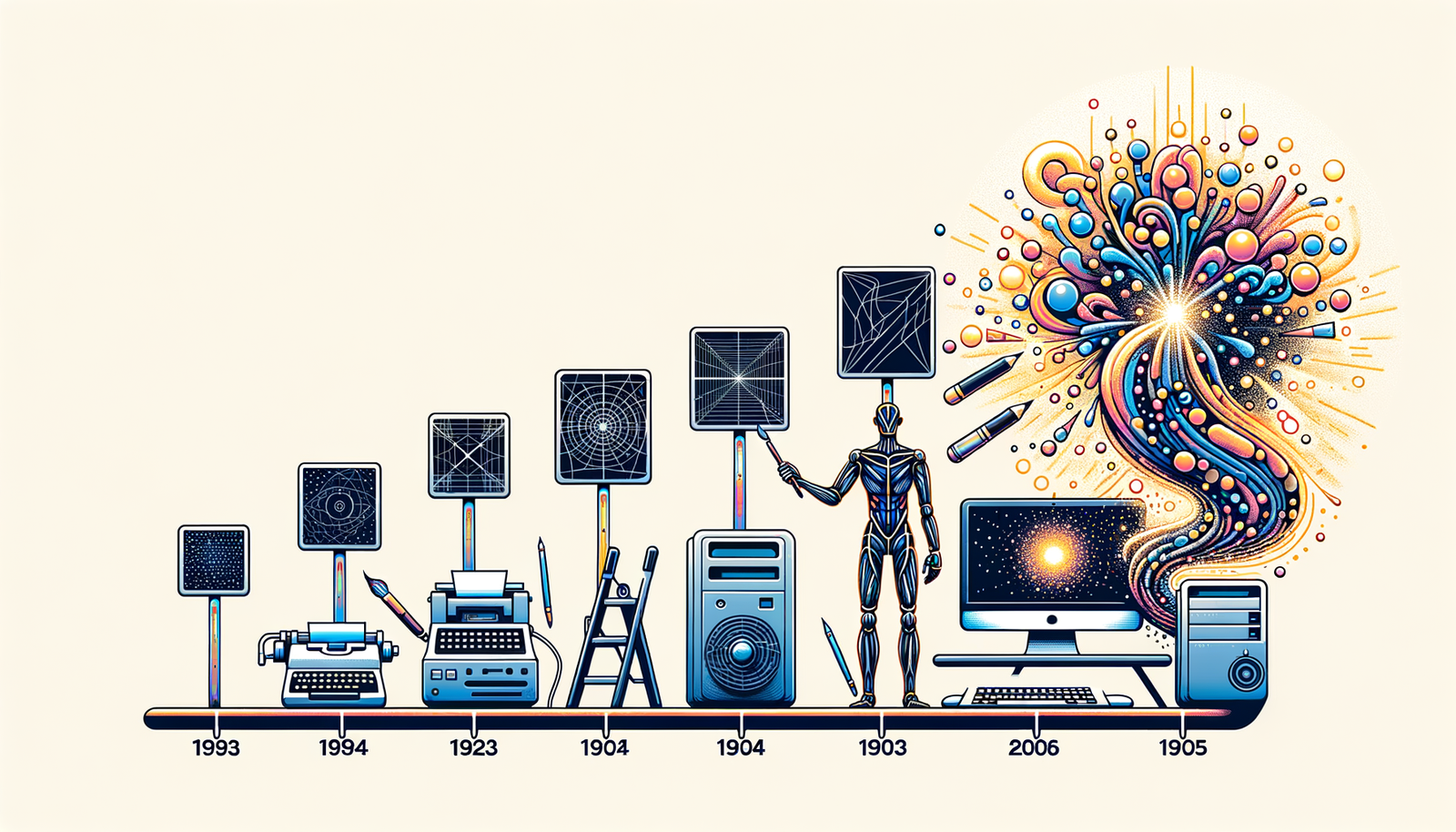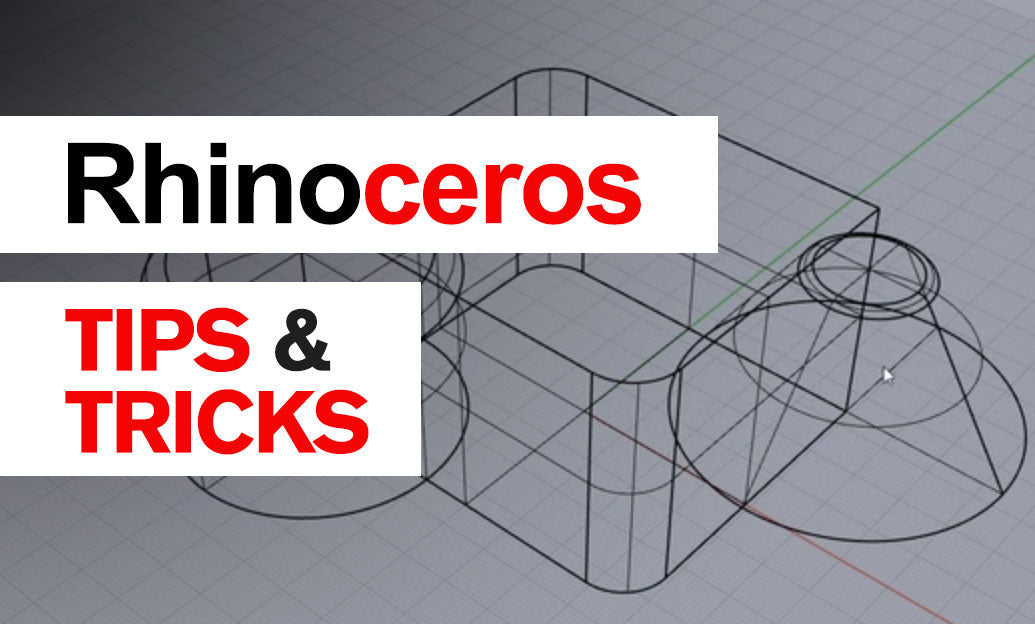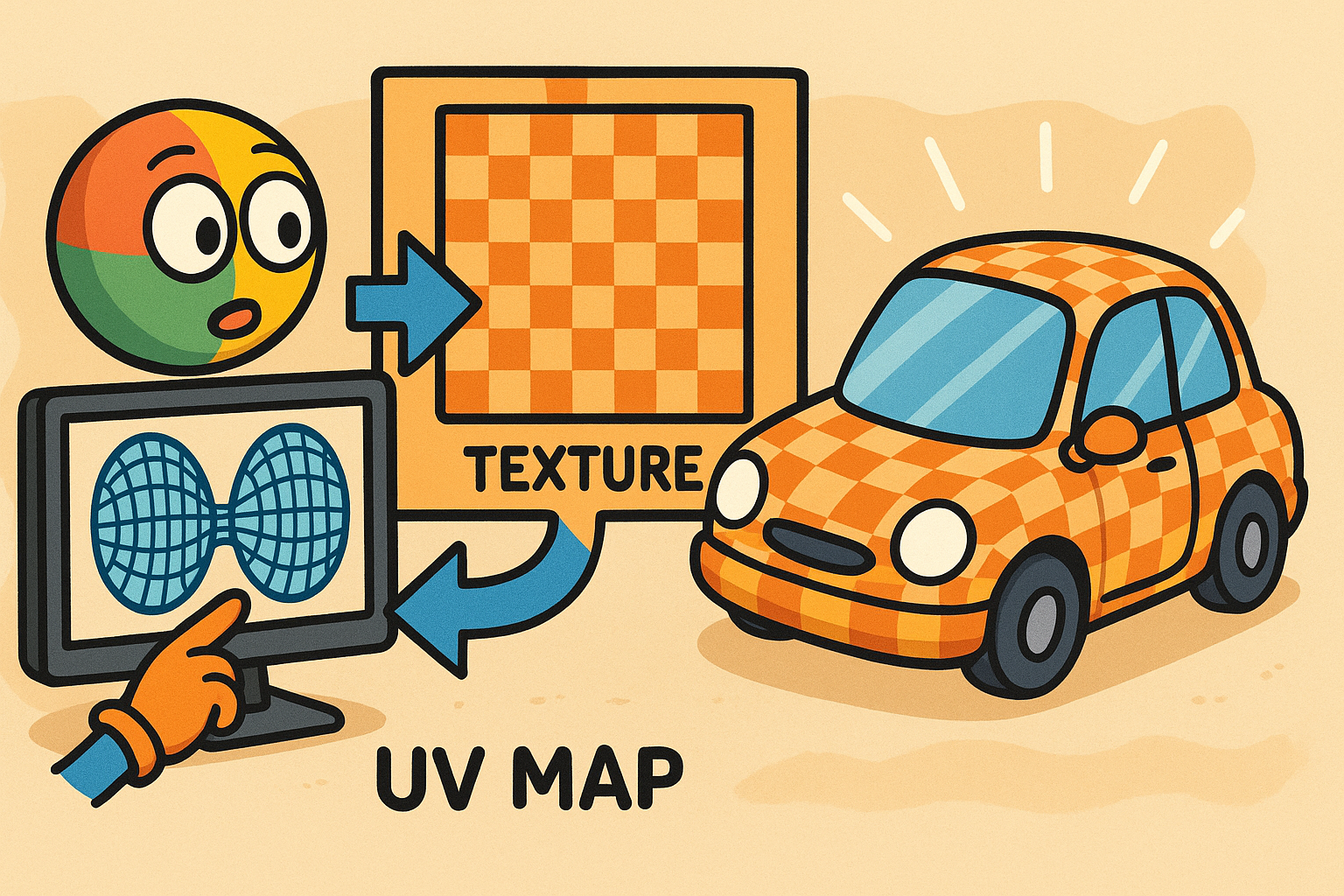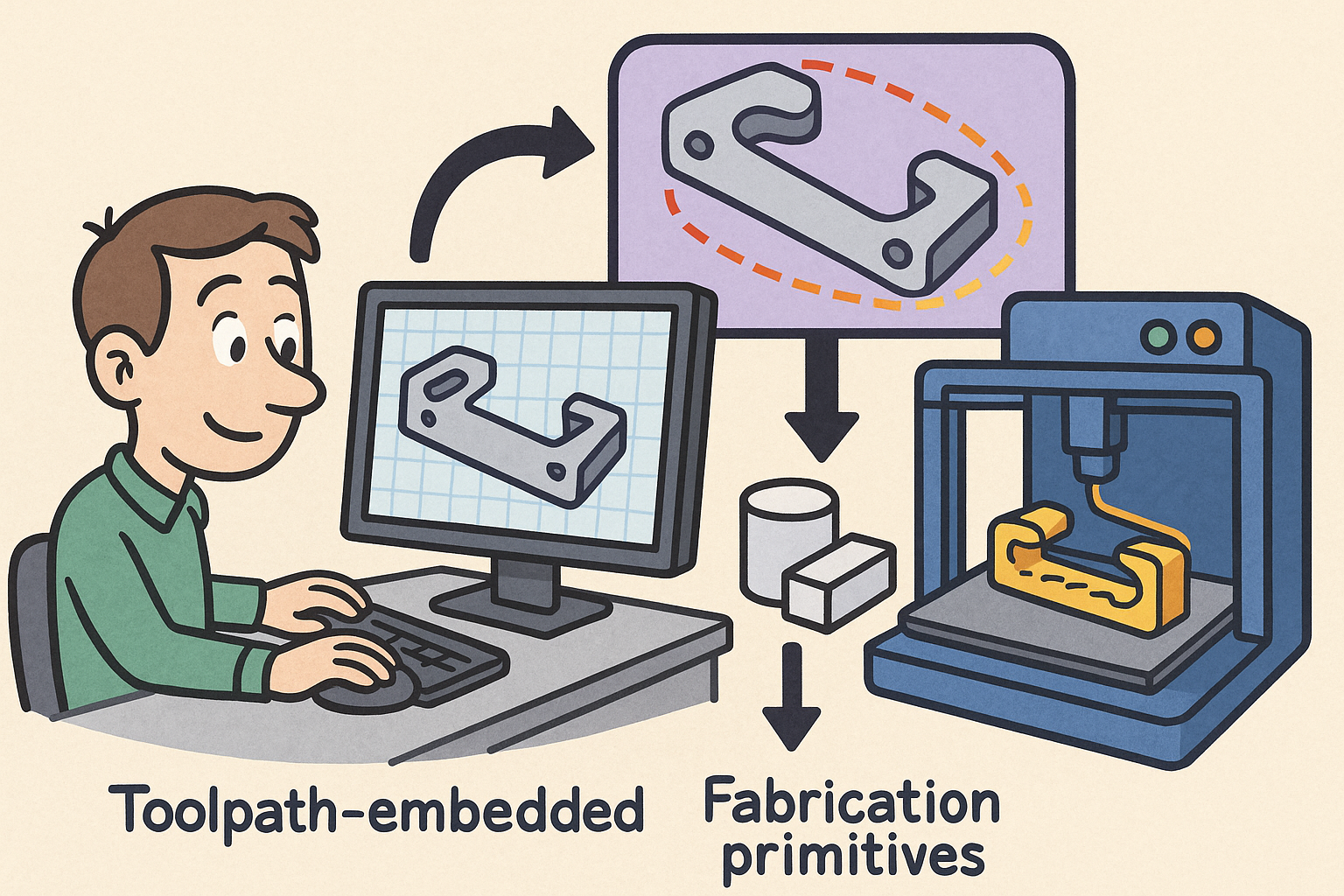Your Cart is Empty
Customer Testimonials
-
"Great customer service. The folks at Novedge were super helpful in navigating a somewhat complicated order including software upgrades and serial numbers in various stages of inactivity. They were friendly and helpful throughout the process.."
Ruben Ruckmark
"Quick & very helpful. We have been using Novedge for years and are very happy with their quick service when we need to make a purchase and excellent support resolving any issues."
Will Woodson
"Scott is the best. He reminds me about subscriptions dates, guides me in the correct direction for updates. He always responds promptly to me. He is literally the reason I continue to work with Novedge and will do so in the future."
Edward Mchugh
"Calvin Lok is “the man”. After my purchase of Sketchup 2021, he called me and provided step-by-step instructions to ease me through difficulties I was having with the setup of my new software."
Mike Borzage
Design Software History: The Evolution of Design Software in the Media Industry: From 2D Graphics to AI and Beyond
May 22, 2024 4 min read


The Evolution of Design Software for the Media Industry
Introduction
Design software has had a profound impact on the media industry, transforming how content is created, edited, and consumed. These tools have enabled designers to visualize and realize their creative ideas with unprecedented precision and efficiency. The significance of design software in media cannot be overstated as it has revolutionized workflows, increased productivity, and pushed the boundaries of what is possible in visual storytelling.
The history of design software dates back several decades and has seen continuous evolution marked by key milestones. Early innovations laid the groundwork for subsequent advancements, facilitating the transition from traditional to digital media. These milestones include the development of vector and raster graphics, the introduction of 3D modeling, and the rise of animation and special effects software.
Pioneers and Early Developments
In the early stages of digital media, several foundational technologies and pioneering companies played critical roles in the development of design software. Companies like Adobe and Autodesk were at the forefront of innovation, creating tools that would become industry standards.
Adobe, founded in 1982 by John Warnock and Charles Geschke, introduced groundbreaking software such as Adobe Photoshop and Adobe Illustrator. Photoshop, released in 1988, quickly became the go-to tool for photo editing and graphic design. Illustrator, launched in 1987, revolutionized vector graphics, allowing designers to create scalable artwork with precision. These tools had a significant impact on graphic design and media production, enabling high-quality visual content creation.
Autodesk, established in 1982 by John Walker, made substantial contributions to the media industry with its 3D modeling and animation software. Maya and 3ds Max, both developed by Autodesk, became essential tools for professionals in the film and video game industries. Maya, introduced in 1998, offered powerful capabilities for 3D animation, modeling, and rendering, while 3ds Max, released in 1996, provided robust tools for creating detailed 3D environments and characters.
Technological Advancements and Trends
The evolution of graphic design software saw a significant shift from 2D to 3D design tools. Early design software primarily focused on 2D graphics, but the advent of 3D modeling introduced a new dimension to media creation. This transition was facilitated by the development of vector and raster graphics, which enabled designers to create intricate and scalable designs.
Vector graphics, based on mathematical equations, allow for infinite scalability without loss of quality. Raster graphics, composed of pixels, provide detailed and complex imagery. The introduction of these technologies expanded the creative possibilities for designers and paved the way for more sophisticated design tools.
Animation and special effects became integral components of media production with the development of specialized software. Tools like Toon Boom and After Effects revolutionized animation and special effects, making them more accessible and efficient. Toon Boom, known for its professional 2D animation capabilities, is widely used in television and film production. After Effects, developed by Adobe, became the industry standard for motion graphics and visual effects, enabling designers to create stunning animations and composite visual elements seamlessly.
Emerging technologies such as artificial intelligence (AI) and machine learning are now playing a crucial role in media design software. These technologies enable automation and intelligent assistance, enhancing the capabilities of design tools. AI-driven features can generate content, suggest design improvements, and streamline workflows, making the creative process more efficient. Additionally, real-time rendering and virtual reality (VR) and augmented reality (AR) are transforming media production by providing immersive and interactive experiences.
Case Studies and Real-World Applications
Design software has had a profound influence on the film industry, particularly in the creation of blockbuster films. Companies like Pixar have utilized advanced rendering software such as RenderMan to produce visually stunning animations and special effects. RenderMan, developed by Pixar, is renowned for its ability to generate photorealistic imagery and has been used in numerous award-winning films.
The gaming industry has also seen significant advancements in design software. Early game design tools have evolved into sophisticated engines like Unity and Unreal Engine. These engines provide comprehensive tools for game development, including 3D modeling, animation, and real-time rendering. Unity, known for its versatility, is widely used for both 2D and 3D games, while Unreal Engine, developed by Epic Games, is celebrated for its powerful rendering capabilities and photorealistic graphics.
Broadcast and digital media have benefited greatly from design software in content creation for online platforms and virtual studios. Software tools enable the creation of high-quality visuals for digital content, enhancing user engagement and experience. In broadcast design, tools like Adobe Premiere Pro and Final Cut Pro are extensively used for video editing and production, allowing broadcasters to deliver polished and professional content.
Conclusion
The evolution of design software in the media industry has been marked by numerous milestones and technological advancements. From the early days of 2D graphics to the current era of AI-driven tools and real-time rendering, design software has continuously pushed the boundaries of creativity and innovation. Key players like Adobe and Autodesk have played pivotal roles in shaping the industry, while emerging technologies promise to further revolutionize media production.
Looking ahead, the future of design software in the media industry is filled with exciting possibilities. Advancements in AI, machine learning, and immersive technologies are expected to deliver new tools and capabilities, enabling even more creative and efficient workflows. The potential impact on the media industry is immense, with design software continuing to be a driving force behind the creation of compelling and immersive visual content.
Also in Design News

Rhino 3D Tip: Validate Curvature and Surface Fairness in Rhino
December 15, 2025 2 min read
Read More
Design Software History: UV Mapping and Texture Pipelines: From Parameter Spaces to Product Visualization
December 15, 2025 11 min read
Read More
Path-First Modeling: Embedding Toolpath-Aware Constraints and Fabrication Primitives into CAD Kernels
December 15, 2025 13 min read
Read MoreSubscribe
Sign up to get the latest on sales, new releases and more …


